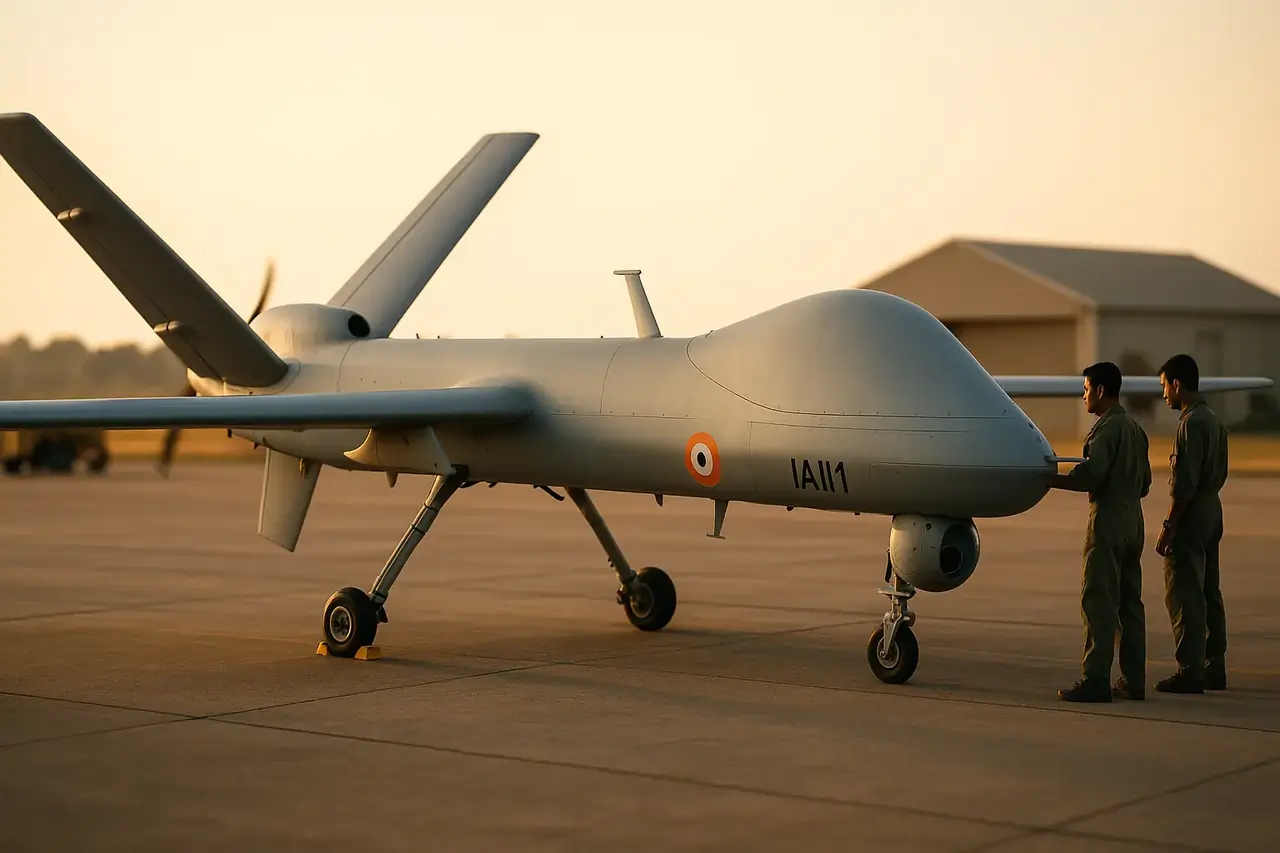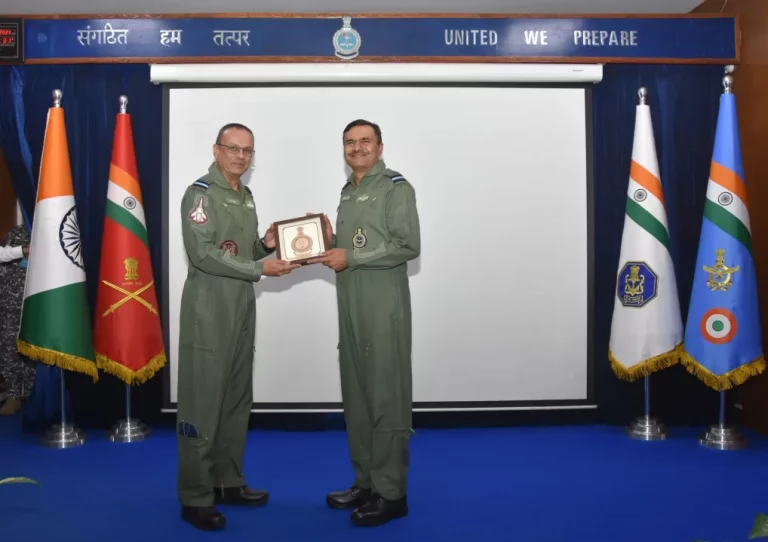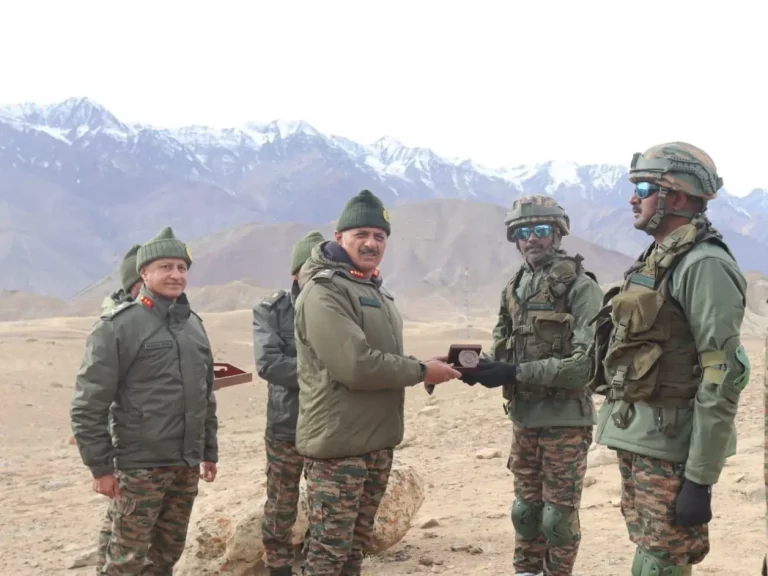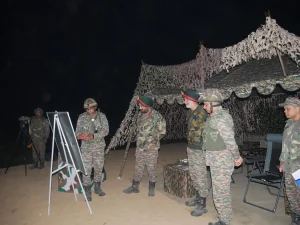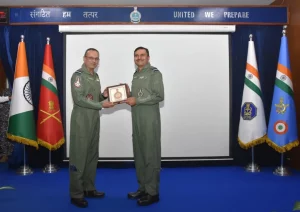In a pivotal move aimed at enhancing India’s indigenous unmanned aerial capabilities, the Defence Research and Development Organisation (DRDO) is set to commence flight trials for the Medium Altitude Long Endurance (MALE) UAV programme in the next six months. This project represents a significant milestone in India’s quest for self-sufficiency in advanced drone technologies.
The upcoming trials will be jointly conducted by DRDO alongside select private sector partners, aiming to achieve deployment readiness within a record timeframe. This initiative aligns with the Ministry of Defence’s emphasis on accelerating defence acquisitions through the “Make in India” programme.
As part of the procurement strategy, sources reveal that a tender for 87 MALE-class UAVs will adopt a split-order distribution model. Here, 64 percent of the order will go to the lowest bidder (L1), while the remaining 36 percent will be allocated to the second-lowest bidder (L2). This competitive approach is intended to foster healthy competition, ensure timely deliveries, and enhance industrial participation — a strategy recently noted in several large-scale Indian defence contracts.
The MALE UAVs currently under development are projected to incorporate advanced Intelligence, Surveillance, and Reconnaissance (ISR) payloads, alongside satellite communication links, with an operational endurance that surpasses 24 hours. These systems are designed for continuous operations across varied terrains, including high-altitude border areas and maritime zones, thereby strengthening India’s all-weather surveillance capabilities.
The forthcoming trials will focus on several key aspects: assessing platform stability, evaluating flight endurance, automating mission protocols, and integrating payload systems. These evaluations are crucial to ensure that the UAVs meet the operational standards required by the Indian Army, Navy, and Air Force.
Defence analysts suggest that, if the trials prove successful, production contracts could be finalized by late 2026, potentially leading to large-scale integration of these UAVs into the tri-services by 2027.
This initiative is part of India’s broader national strategy aimed at diminishing reliance on imported UAVs while establishing a robust domestic ecosystem for the development of unmanned systems. It underscores India’s commitment to technological autonomy, collaborative industrial engagement, and readiness for next-generation surveillance in an increasingly complex regional security landscape.
